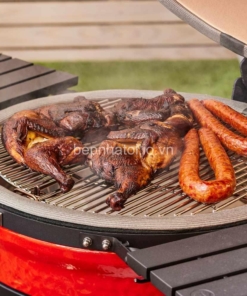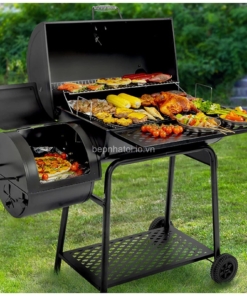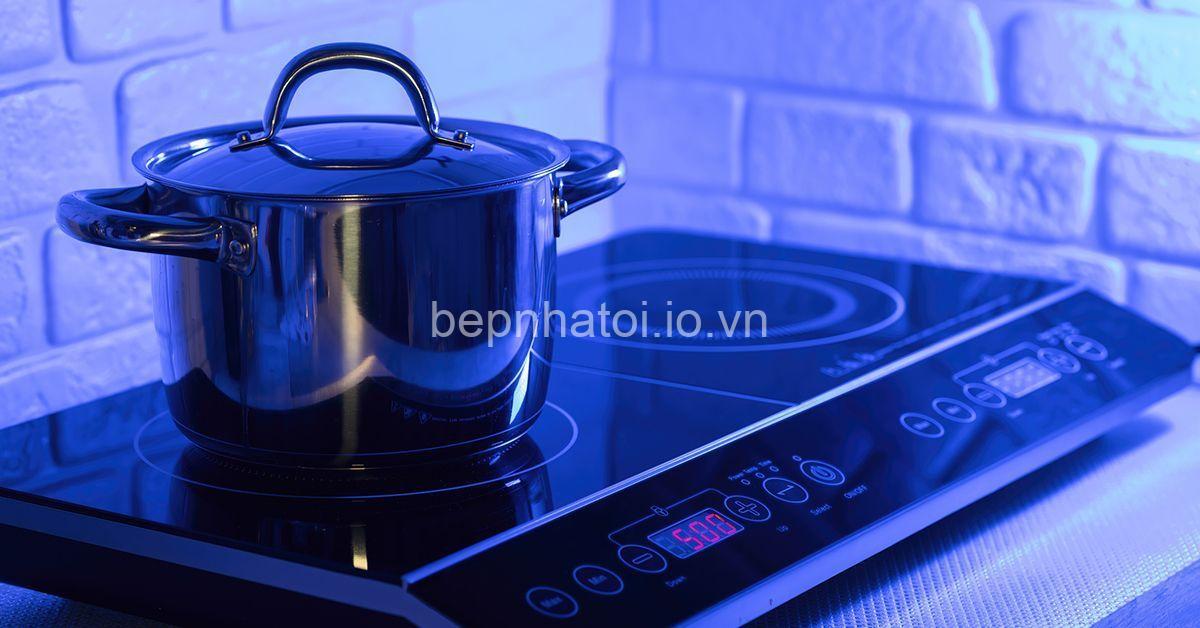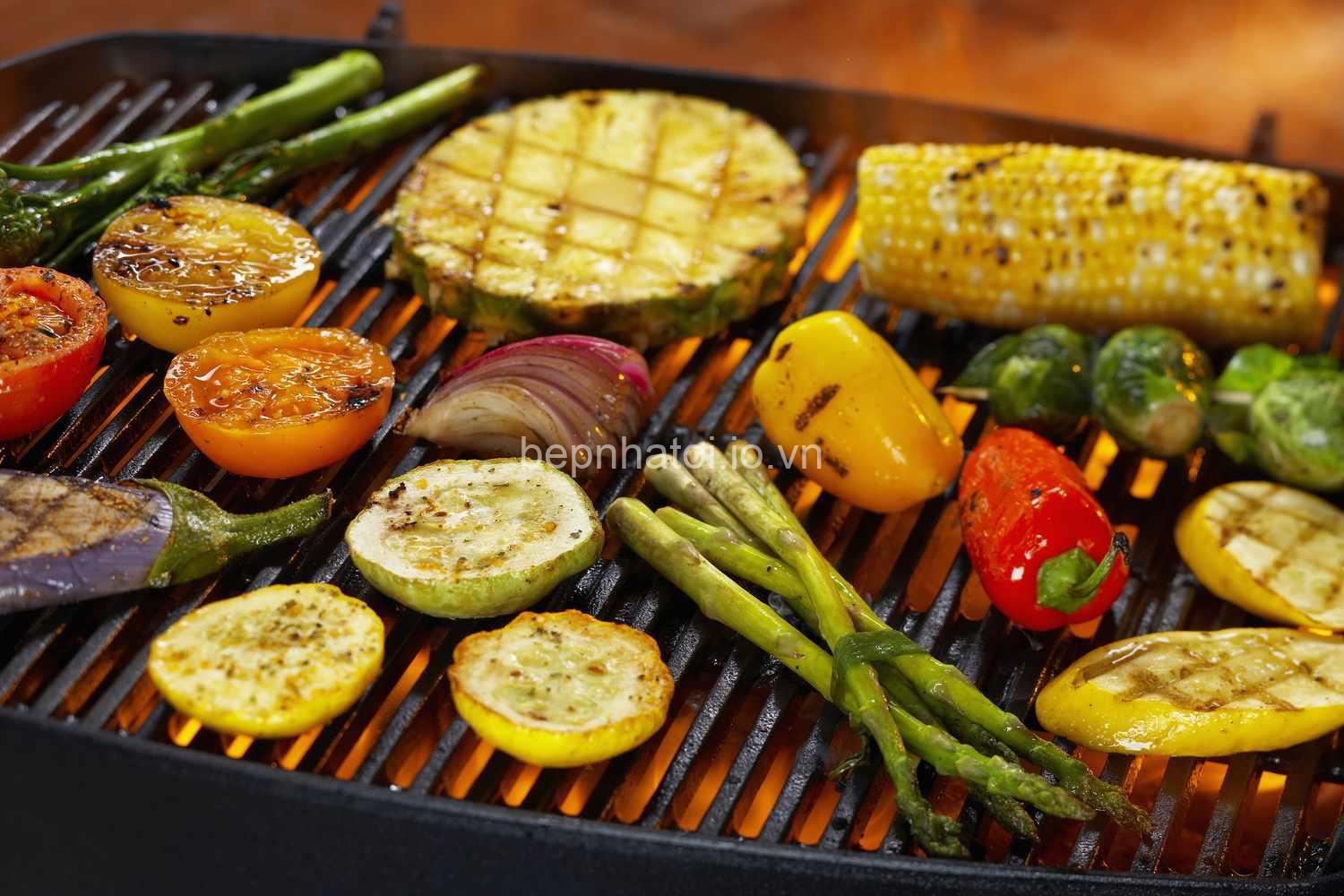Description
How to Choose the Right Fire Starter
Starting a fire is a fundamental skill, whether you’re a seasoned camper or preparing for an emergency situation. Choosing the right fire starter is essential for success and safety. So, how do you pick the perfect one for your needs? Let’s break it down:
Understanding Your Needs
Before venturing into the world of fire starters, it’s essential to consider your specific needs.
- What’s your purpose? Are you starting a campfire for a relaxing weekend getaway, building a cozy fireplace for a chilly evening, or preparing for a survival situation? Each purpose demands different considerations.
- What’s the environment like? The weather conditions and moisture levels play a significant role in choosing the right fire starter. A damp, windy environment might require a more robust and waterproof option compared to a dry, sunny one.
- What’s your experience level? Are you a seasoned fire starter or a beginner? If you’re new to the world of fire starting, you might prefer a user-friendly option that requires minimal skill.
- Are environmental considerations important to you? Choosing a biodegradable, sustainable option can be a priority for environmentally conscious individuals.
Types of Fire Starters
Now that you’ve identified your needs, let’s explore the different types of fire starters available:
-
Traditional Fire Starters: The time-tested approach involves utilizing natural materials for ignition. This includes:
- Tinder: Extremely dry materials that ignite easily, like dry leaves, birch bark, cotton balls, and dryer lint.
- Kindling: Small pieces of wood that catch fire from the tinder, such as twigs, small branches, and kindling wood.
- Fuel: Larger pieces of wood that sustain the fire, including logs, kindling wood, and even larger branches.
-
Commercial Fire Starters: These pre-made options offer convenience and are readily available in stores:
- Cotton-based: These are easy to use and readily available, but they tend to produce smoke.
- Wax-based: These fire starters are known for being long-lasting and waterproof. However, they can be messy and difficult to light.
- Chemical-based: These are fast-acting and reliable, but they can contain harmful chemicals.
- Bio-based: These are environmentally friendly and biodegradable, but they may be less powerful than other options.
-
DIY Fire Starters: Create your own fire starters using readily available materials:
- Paper-based: Simple and inexpensive to make, you can use dryer lint, paper towels, or newspaper.
- Fat-based: These are highly flammable, often made with cooking oil, beeswax, or rendered animal fat.
Making the Right Choice
Choosing the right fire starter boils down to a careful assessment of your needs. Here’s a helpful guide:
| Purpose/Condition | Recommended Fire Starter | Why? |
|---|---|---|
| Campfire/Dry Conditions | Cotton-based, wax-based, or DIY paper-based | Ease of use, readily available |
| Campfire/Damp Conditions | Wax-based, chemical-based, or DIY fat-based | Waterproof, reliable ignition |
| Fireplace/Dry Conditions | Cotton-based, wax-based, or traditional tinder | Convenient, easily accessible |
| Fireplace/Damp Conditions | Chemical-based, or DIY fat-based | Reliable ignition, moisture-resistant |
| Survival Situation/Extreme Conditions | Chemical-based, flint and steel, or DIY fat-based | Robust, reliable, waterproof |
| Environmental Concerns | Bio-based, DIY paper-based, or traditional materials | Sustainable, biodegradable, minimizes impact |
How to Use Fire Starters Effectively
Now that you’ve chosen the right fire starter, it’s time to put it to work! Here are some effective techniques:
Using Traditional Fire Starters
- Tinder: Begin by creating a small nest of tinder, like dry leaves or cotton balls. A tiny spark is all it takes to ignite it.
- Kindling: Gradually introduce small pieces of kindling, building a pyramid structure, allowing the flames to grow and heat up the larger pieces.
- Fuel: Once the kindling is burning well, slowly add larger fuel, such as logs, ensuring airflow and proper placement to maintain a steady flame.
Using Commercial Fire Starters
- Cotton-based: Simply tear off a small piece, fluff it up, and ignite it with a match or lighter.
- Wax-based: Light the wick and allow the wax to melt and ignite. Be careful, as these can be messy.
- Chemical-based: These are typically designed for fast ignition. Follow the specific instructions on the packaging for safe use.
- Bio-based: These will ignite like cotton-based or wax-based fire starters, but remember to use caution and follow any specific instructions.
DIY Fire Starter Recipes
If you’re feeling creative and want to try making your own fire starters, here are some simple and effective recipes:
Paper-based Fire Starters
- Dryer Lint Fire Starters: Gather dryer lint and mix it with melted wax or paraffin. Pour the mixture into small containers (like egg cartons) and allow them to harden.
- Wax-soaked Paper Fire Starters: Cut strips of newspaper or cardboard and soak them in melted wax or paraffin. Allow them to dry and then roll them up tightly.
Fat-based Fire Starters
- Fat-based Fire Starters: Mix cooking oil, rendered animal fat, or beeswax with dryer lint or other materials. Pack the mixture tightly into small containers or tins and let it harden.
Fire Safety and Responsibility
Fire starting, while a valuable skill, requires responsibility and awareness.
Importance of Fire Safety
- Prevent Wildfires: Always be mindful of your surroundings. Clear a wide area around your fire site, remove flammable materials, and never leave a fire unattended.
- Safe Handling: Be careful when handling fire starters, especially those with chemical components. Keep them away from children and pets.
- Extinguishing Fires: Always have a plan for extinguishing your fire. Keep water or a shovel nearby to put out any embers.
Environmental Considerations
- Biodegradable Options: Choose fire starters made with biodegradable materials whenever possible to reduce the environmental impact.
- Leave No Trace: Practice responsible fire management by following “Leave No Trace” principles. Pack out all trash, minimize your impact on the environment, and extinguish fires thoroughly.
Fire Starting Techniques
Beyond fire starters, there are other methods to spark a flame:
Using Matches and Lighters
- Safety: Always strike matches away from your body and keep lighters out of reach of children. Use a lighter with a reliable spark and a safety feature.
- Technique: Focus the flame on the tinder and keep it steady until the tinder ignites.
Flint and Steel
- Spark Creation: Strike the flint with a steel striker to create sparks.
- Tinder Ignition: Aim the sparks onto a highly flammable material like cotton wool, char cloth, or birch bark.
Exploring the History of Fire Starting
The history of fire starting is a fascinating journey:
Early Fire-Starting Methods
- Friction Methods: Ancient people utilized friction-based methods like the hand drill and the bow drill, generating heat to ignite tinder.
- Fire-Plows: A fire-plow was used by creating friction by rubbing a stick across a wooden groove.
Modern Fire Starting Tools
- Evolution of Matches: The invention of matches revolutionized fire starting, offering a convenient and reliable method.
- Lighter Development: The development of lighters introduced another essential tool for generating a flame.
- Impact of Commercial Fire Starters: Commercial fire starters simplified fire starting for campers, outdoorsmen, and survivalists.
FAQs About Fire Starters
What is the safest type of fire starter?
The safest type of fire starter depends on the situation. For general use, cotton-based fire starters are relatively safe. However, chemical-based fire starters can be more hazardous and should be handled with caution.
What are some natural fire starters?
Natural fire starters include materials like dry leaves, birch bark, cottonwood fluff, and pine needles. These materials are readily available in nature and provide a sustainable way to start a fire.
How long do fire starters last?
The lifespan of a fire starter depends on the type and how it’s used. Wax-based fire starters typically last longer than cotton-based ones. DIY fire starters can have a varying lifespan depending on the ingredients used.
Can you use fire starters in a fireplace?
Yes, you can use fire starters in a fireplace. However, it’s important to use the right type of fire starter for your fireplace and follow safety guidelines.
Are fire starters biodegradable?
Not all fire starters are biodegradable. Chemical-based fire starters can contain harmful chemicals that persist in the environment. It’s best to choose biodegradable options whenever possible.
Conclusion:
Choosing the right fire starter is essential for success and safety, whether you’re camping, building a fire in your fireplace, or preparing for an emergency. By understanding your needs and exploring the various options available, you can confidently select the perfect fire starter for any situation. For more information on fire safety, fire starting techniques, and other outdoor-related tips, visit bepnhatoi.io.vn. Don’t hesitate to leave a comment below with any questions or share your favorite fire-starting tips!
Susan Grace Rodriguez









